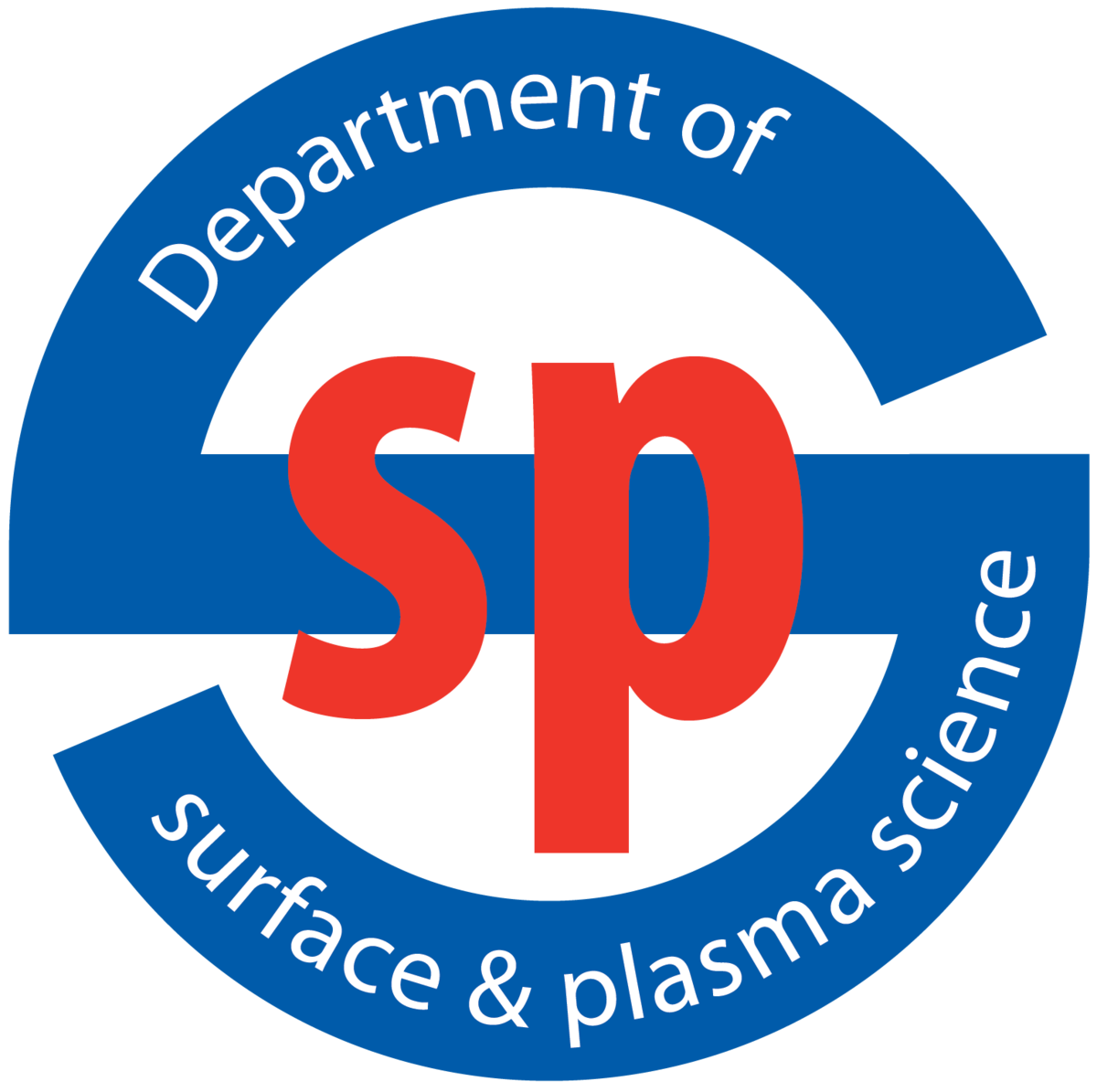Model description
Methods
The Model is based on machine learning. The IDLmlSupportVectorMachineClassification (SVM) is used for data processing, and the IDLmlFeedForwardNeuralNetwork (FFNN) is used for model derivation.
Data
Only MAVEN-measured data were used in this model. Every data point consisting of Θ, Psw, F and Bsurf was classified as one of the three regions (solar wind, magnetosheath, or magnetosphere) according to simple conditions (see Němec et al. 2020). The unclassified data points were subsequently classified using SVM.
To create the FFNN model, the data points were modified according to the following conditions: The used data points are within 0.5 RM from the expected boundary location (Němec et al. 2020). The data with Θ > 90o are not considered for bow shock, and the data with Θ > 105o are not considered for magnetic pile-up. The area was divided into 5o sectors within Θ. The number of data points in front of and behind the considered boundary is equalized using the random over-sampling method within individual sectors. Finally, the data points are normalized using IDLmlVarianceNormalizer, applying a logarithm to both P and B.
Model
This FFNN model predicts whether a given point (RM, Θ, Psw, F, and Bsurf) is in front or behind the boundary. The FFNN structure consists of three hidden layers: each one with seven neurons. The four activation functions consist of three IDLmlaftanh functions, and the last one is the IDLmlafSoftmax function.
